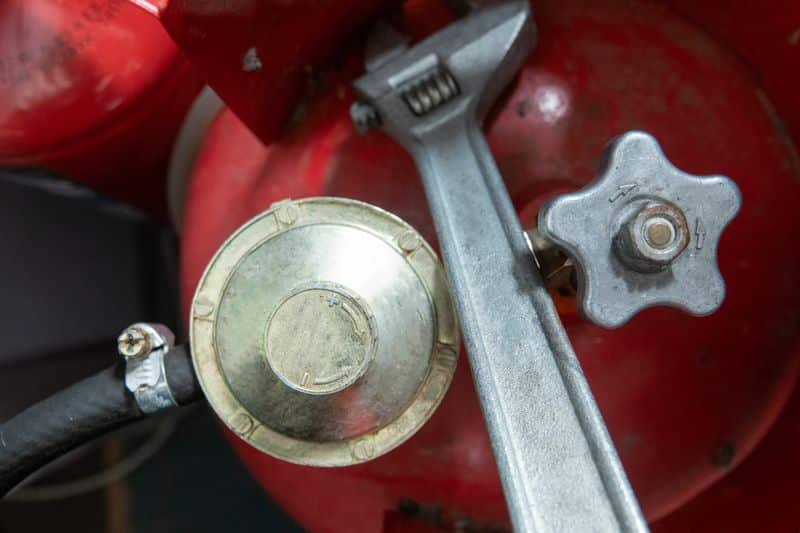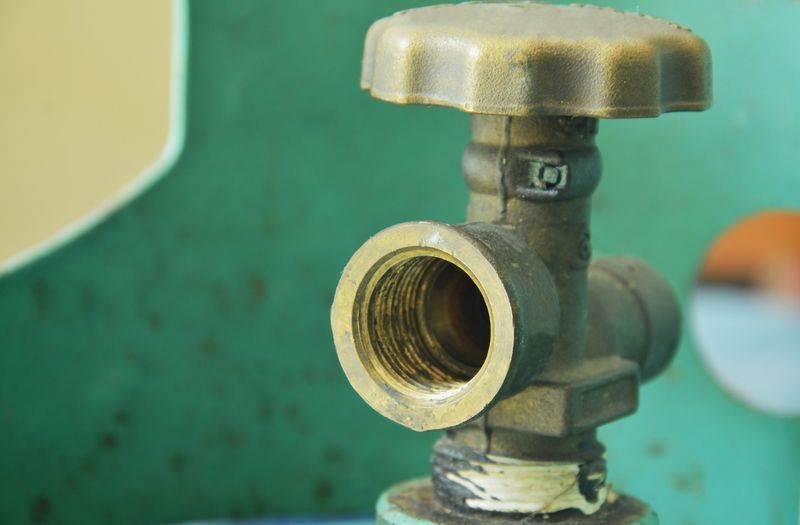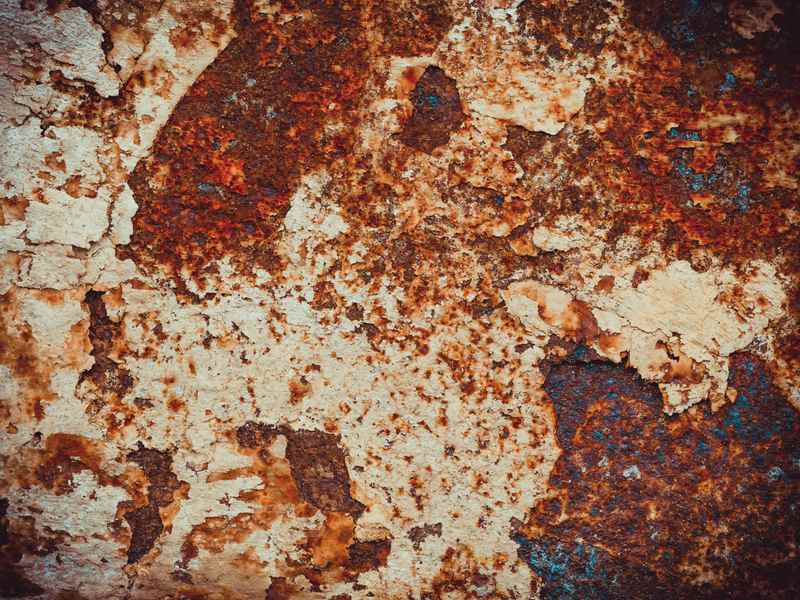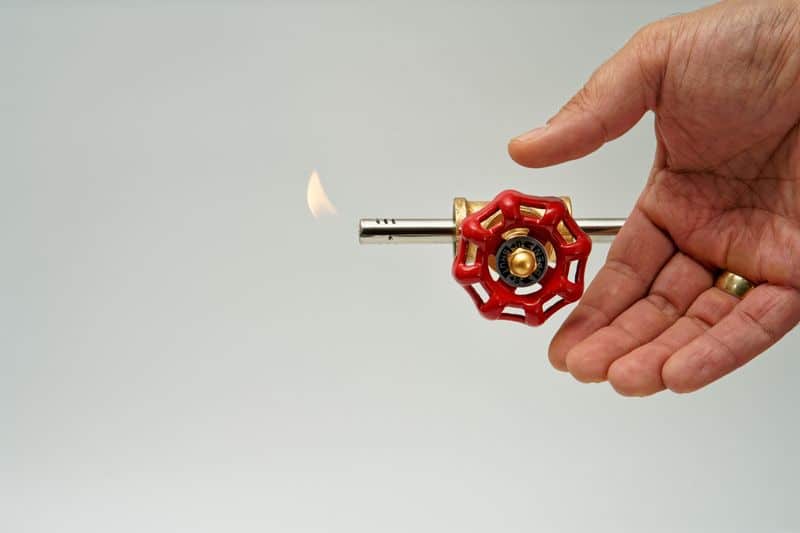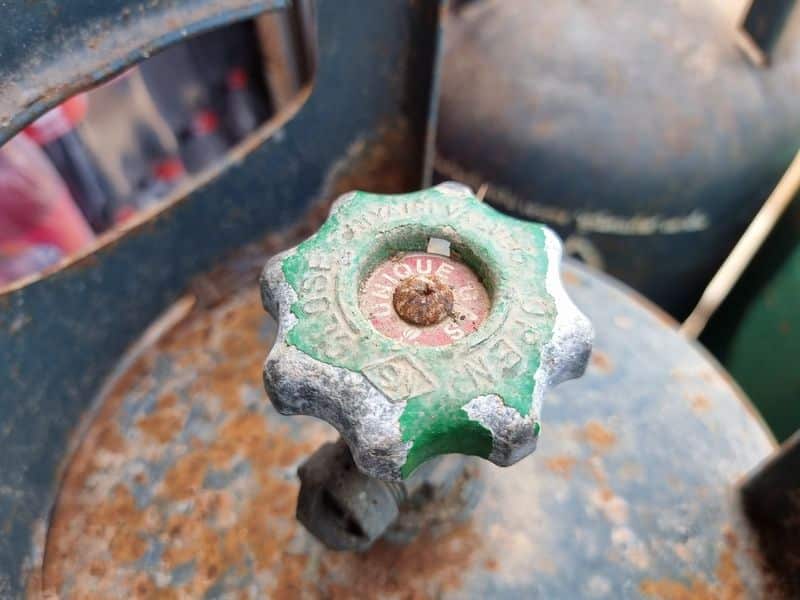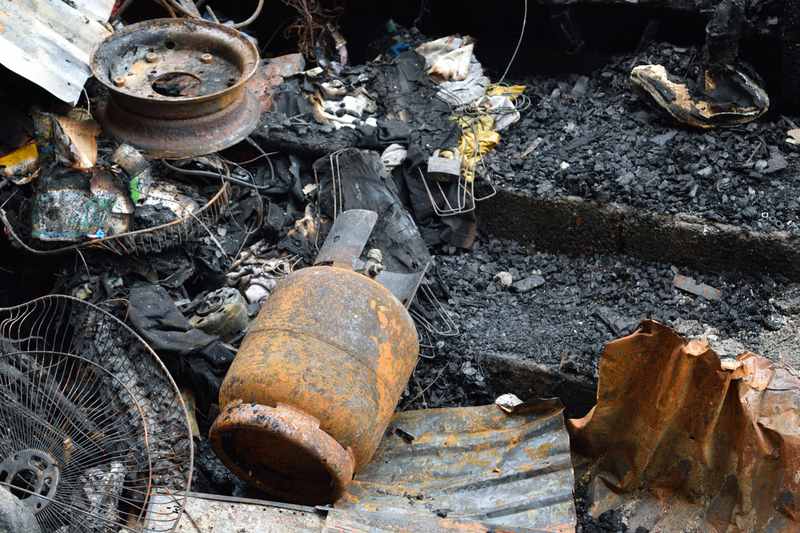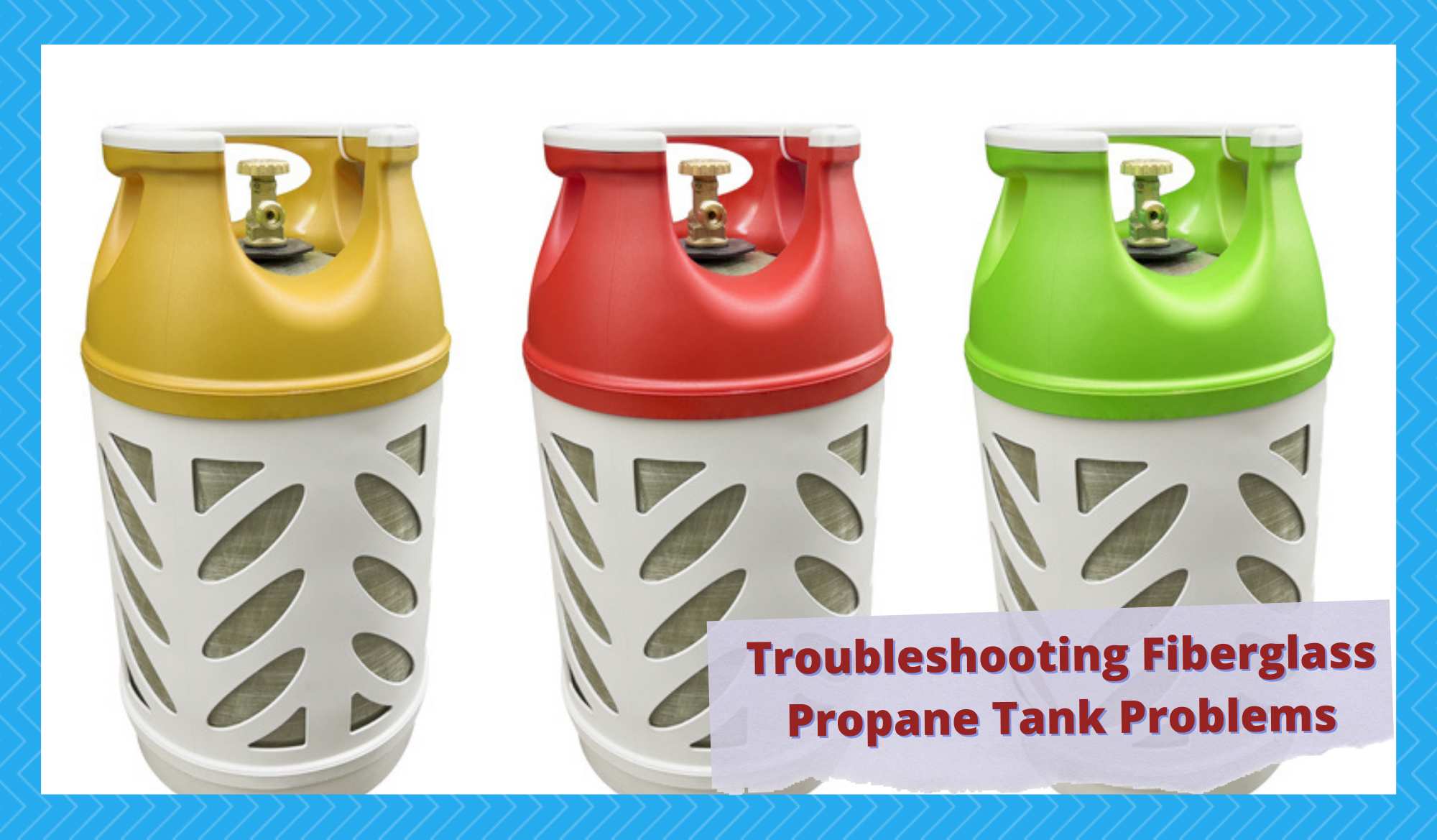
Cookouts and barbecues are a huge part of camping. We get so excited about eating the traditional way and sitting around a fire. That’s what makes camping a unique and addicting experience. And it becomes an even more fulfilling experience when you’re camping with a recreational vehicle.
Having an RV allows you to focus on enjoying the outdoors and not worry about finding a place to sleep or relieve yourself. You can go straight to chilling out right after touching down.
When cooking outside your RV, you can choose between two methods. You can either use your RV’s outdoor stove and other standalone equipment you may have or cook with firewood. Of course, you can use both. Nothing makes camping more exciting than having a traditional fireplace outside your RV.
But when using your stove, you’ll need propane, which usually comes in tanks of different makes and sizes. Experienced campers, however, recommend fiberglass propane tanks.
Benefits of fiberglass propane tanks
Propane gas tanks are typically made of steel or aluminum. This is how they withstand the pressure of the gas inside them. But recently, another material has gained popularity as a propane tank material for its many surprising benefits—fiberglass. Fiberglass propane tanks offer several advantages over other propane tanks:
- Lightweight – Fiberglass propane tanks are significantly lighter than steel or aluminum tanks, making them easier to handle and transport.
- Durable – Fiberglass is a strong and durable material that can withstand the pressure of holding pressurized gas. Fiberglass propane tanks are resistant to impact and other types of physical stress, making them less likely to be damaged in accidents or during transportation.
- Corrosion-resistant – Fiberglass is also resistant to corrosion, meaning fiberglass propane tanks are less likely to rust or degrade over time. This makes them a good choice for storing propane in outdoor or coastal environments.
- Customizable – Fiberglass propane tanks can be customized to meet specific requirements, such as different sizes and shapes. This makes them suitable for a wide range of applications.
- Safe – Fiberglass propane tanks are made according to strict safety standards. They are equipped with safety features such as relief and excess flow valves to help prevent accidents.
- Long lifespan – With proper maintenance and handling, fiberglass propane tanks can last many years. This makes them a cost-effective choice for storing and transporting propane.
How to install a fiberglass propane tank
Be careful when dealing with propane. No matter how safe people say these tanks are, they can still explode or burn when mishandled, especially during installation. So follow these few steps carefully to ensure that the tank is installed safely and correctly:
- Step # 1: Choose a suitable location for the tank. The area should be level and easily accessible for filling and maintenance. In addition, it must be at least 10 feet from any building or other fuel-powered appliance.
- Step # 2: Follow all local codes and regulations for propane tank installation. This may include obtaining a permit, following specific guidelines for tank placement, and having the installation inspected by a certified technician.
- Step # 3: Install the tank on a concrete pad or another suitable base. The base should be strong enough to support the tank’s weight when it is full of propane.
- Step # 4: Connect the propane tank to your appliance or system using the appropriate piping and fittings. Follow the manufacturer’s instructions and all local codes when connecting the tank.
- Step # 5: Test all connections for leaks using a leak detection solution.
- Step # 6: Have the installation inspected by a certified technician to ensure it meets all safety standards.
Following all safety guidelines and instructions when installing a fiberglass propane tank is essential. If you are unfamiliar with the process, consider hiring a certified professional to install the tank.
Troubleshooting Fiberglass Propane Tank Problems
Like any other type of equipment, a fiberglass propane tank can malfunction. Unfortunately, without a technician, you must be able to troubleshoot issues, or you won’t get your meat grilled on time. Here are some common problems that can occur with fiberglass propane tanks and their possible solutions:
1. Leaks
Leaks are among the most nerve-wracking issues you might encounter with your fiberglass propane tank. If you suspect a leak, shut off the gas supply immediately.
Next, inspect the tank for damage or loose component through which gas is escaping. You may be dealing with a faulty valve, a hole in the tank, or corrosion. Regardless of the cause, never take it lightly. Don’t use the tanks until the leak is gone.
If the leak is small, it may be possible to repair it by applying fiberglass resin to the affected area and allowing it to dry. If the leak is large or the tank is heavily damaged, you may need to replace the tank. You may need to cook with firewood for the rest of your camping trip.
2. Corrosion
Fiberglass propane tanks are resistant to corrosion but can still develop problems over time due to exposure to the elements or other factors. If you notice signs of corrosion, such as rust or pitting, on your tank, hire a professional to inspect it to determine the cause and the best course of action.
In some cases, the corrosion may be repaired by sanding and repainting the affected area.
This is why it’s essential to have spare tanks in your RV. You never know when one of the tanks will turn out unsafe. You don’t want to ruin the entire cookout just because you weren’t expecting the fiberglass tank to be so heavily corroded it’s no longer safe.
3. Valve problems
The valve on your fiberglass propane tank is an important safety feature that controls gas flow. If the valve is damaged or not functioning correctly, it could cause problems with the tank. If you suspect an issue with the valve, you should have it inspected and repaired by a professional.
But if the valve keeps snapping after that, don’t hesitate to replace it. It’s not worth the risk of a fire or explosion. It also helps if, from the get-go, you select a fiberglass propane tank valve that’s proven durable. It might cost a little more, but it will pay off.
4. Damage from impact
Fiberglass propane tanks are relatively durable but can be damaged when subjected to impact or other types of physical stress. Applying resin may fix impact damage. However, severe damage may require you to replace the tank.
This is one of the unique perks of a fiberglass propane tank. You don’t have to get rid of a broken tank instantly like a traditional aluminum tank that requires recycling to be reusable. However, it would help if you also read up on the limitations of fiberglass to know when it’s time to replace your tank.
5. Poor maintenance
Proper maintenance is vital for keeping your fiberglass propane tank in good working order. This may include checking for leaks, inspecting the valve and other components, and keeping the tank clean and debris-free. If neglected, your tank may experience problems that could have been avoided with proper care.
Safety precautions when handling propane tanks
Handling propane tanks is a risky business, but you’ll be fine as long as you follow these simple preventive measures:
- Store propane tanks in a well-ventilated area, away from heat sources, open flames, and ignition sources.
- Do not smoke near propane tanks, as the spark from a lighter or cigarette could ignite the gas.
- Protect yourself by wearing protective gear, such as gloves and goggles, when handling propane tanks to protect your skin and eyes from contact with the gas.
- Do not drop or damage the tanks, as this can cause them to leak or rupture.
- If you smell gas, evacuate the area immediately and call your supplier or the fire department for help. Don’t attempt to locate the leak yourself as you might get caught in an explosion.
- A hissing sound coming from a propane tank indicates a leak. Do not handle the tank, and evacuate the area immediately. The hissing sound could indicate that the tank is leaking.
- Do not use propane tanks for any purpose other than their intended use.
- Follow all instructions and guidelines provided by the manufacturer when handling and using propane tanks.
Follow all instructions and guidelines provided by the manufacturer when handling and using propane tanks.
Conclusion
Following these safety precautions can prevent accidents and injuries when handling propane tanks. Also, the propane tank is no different from the tank fueling your stovetop inside the RV.
So, even if you’re not into cookouts or barbecues, you still have to learn how to install, repair, and maintain a propane tank to keep your RV secure.
Feel free to contact a technician if you encounter issues beyond your knowledge. It’s better to spend top dollar on a professional service than risk burning your entire investment.

